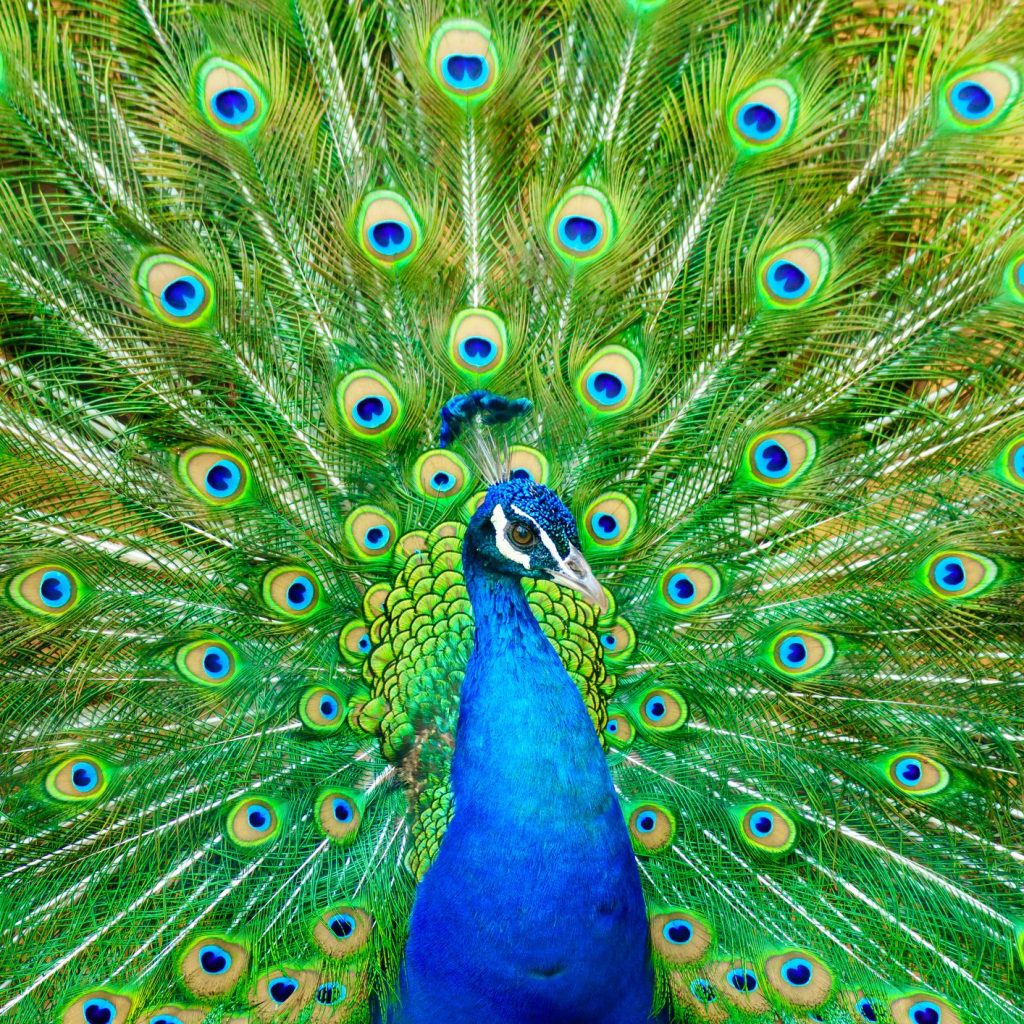
The hyena has strong jaws that help it crash bones, hooves and teeth, parts that other predators do not eat. A cheetah is endowed with speed to catch prey while the elephant’s trunk serves as a nose and mouth.
Basically, every organ, feature or behavior we have is useful for survival in one way or the other.
But what survival purpose does the peacock’s huge and spectacular feathers serve?
You see, the tail of a peacock is heavy and can be considered an unnecessary extravagance. One may think that it is burdensome to have a huge plumage that not only consumes energy and slows it down but also makes it conspicuous in the jungle to be spotted by a predator.
But a keen look at the mating behavior of peacocks (male) and peahens(female) is revealing.
You see, when the Peacock wants to mate with a Peahen, it shakes its tail feather to reveal its beautiful colors. Apparently, the peacock with the most magnificent tail, (large and brightly colored) is the one that is accepted by the peahen. Peacocks with smaller and dull feathers are denied the opportunity to transfer their genes to the next generation.
So, why do peahens prefer peacocks with large and magnificent tails? The answer is obvious. A large and colorful tail is a sign that a peacock is so healthy that it can afford to be extravagant. And the peahen knows the kind of genes that it would like it’s offspring to have.
You probably get where this is heading.
Affluence is an important signal for sexual selection in the animal kingdom and Human cocks and hens are not an exception.
The reason why you are here today is because your great grandfather impressed your great grandmother with some display of affluence.
Your great grandpa probably had a pot-belly and wore some accessories, indicating that he could afford to feed himself well and had more to spare for luxuries. Your great grandma liked what she saw and fell for him hook, line and sinker.
And you carry their genes.
Life is life
Fabio